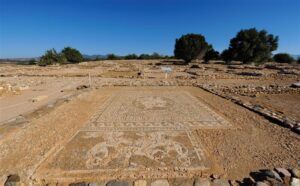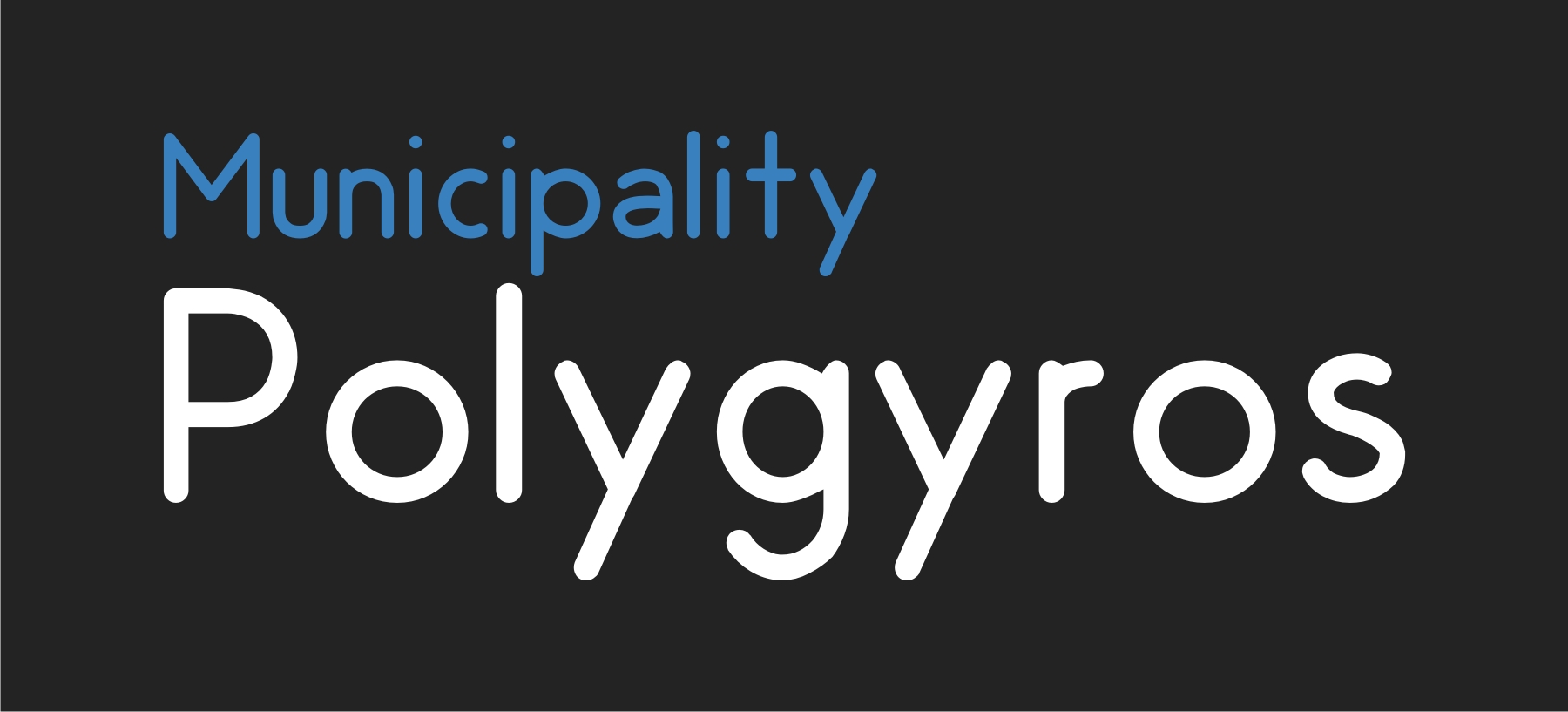 To the east of the homonymous village, 80 km from Thessaloniki and 25 from Polygyros, lies the ancient Olynthos, at the mouth of the Toroneus Gulf. The ancient city was built between two highlands, of which the southern one was inhabited first, in a way that followed the variations of the terrain. The archaic city is located there, which was burned by the Persians and completely abandoned.
To the east of the homonymous village, 80 km from Thessaloniki and 25 from Polygyros, lies the ancient Olynthos, at the mouth of the Toroneus Gulf. The ancient city was built between two highlands, of which the southern one was inhabited first, in a way that followed the variations of the terrain. The archaic city is located there, which was burned by the Persians and completely abandoned.
The archaeological site, with an area of approximately 500 crowns, includes the two hills and an area at their foot, where the guardhouse is located and a building that houses infrastructure areas for visitors and at the same time hosts a photographic exhibition. From the entrance of the archaeological site, an uphill path leads the visitor to the two hills. The archaic city, built with a rudimentary urban plan, occupied the entire hill. Two boulevards are preserved, along the eastern and western ends of the city, which communicated with each other by cross roads. In one avenue, shops, small houses and storage pits were found, while in the northern part of the hill the administrative center was excavated: the market and the rectory.
The classical city was founded on the northern plateau, on an area of 600 x 300 m. This area was divided into 64 building blocks, which were separated by horizontal and vertical streets, some of which running north-south were as wide as 7 m. Each building complex (insula) had ten square plots with five houses on each long side. The houses were two-storied on their northern side and had a stone-paved courtyard on the south (pastada). Each house consisted of the men’s room, which was on the ground floor, usually decorated with mosaic floors with plant, but also anthropomorphic compositions, where dinners were held, the “arbiter”, the “oiko”, the “optanion”, the “valaneion” and from the “imero” (chamber) and the women’s room on the first floor. Also very important for the research are the rich houses, which were outside the walled part of the city to the east of the northern plateau, in the aristocratic suburb. Some of the most remarkable examples of ancient mansions were excavated here: the mansion of Agathi Tychi, the Actor, the Twin Loves.
Both the archaic and the classical city must have been fortified. However, no remains have been identified from the walls of the archaic city. From the fortification of the classical city, small parts of the walls have been discovered on the northern plateau, which are, however, not illuminating about the way they were constructed. Researchers speculate that the city was protected by a wall of unbaked bricks that surrounded the entire city.
Of the public places we should mention the Agora, which is placed in the south of the city, the public fountain and probably the public mosque, which should be placed in the west of the city, and the theater, which should be sought in a hollow in the south side of the southern plateau. At the southern end of the same plateau, the foundations of a Byzantine tower from the 12th century AD are also preserved. and traces of Neolithic habitation. Finally, the necropolis of the city was located to its west, outside the walls, in which important gifts have been found, proving the wealth and high standard of living of its inhabitants.



